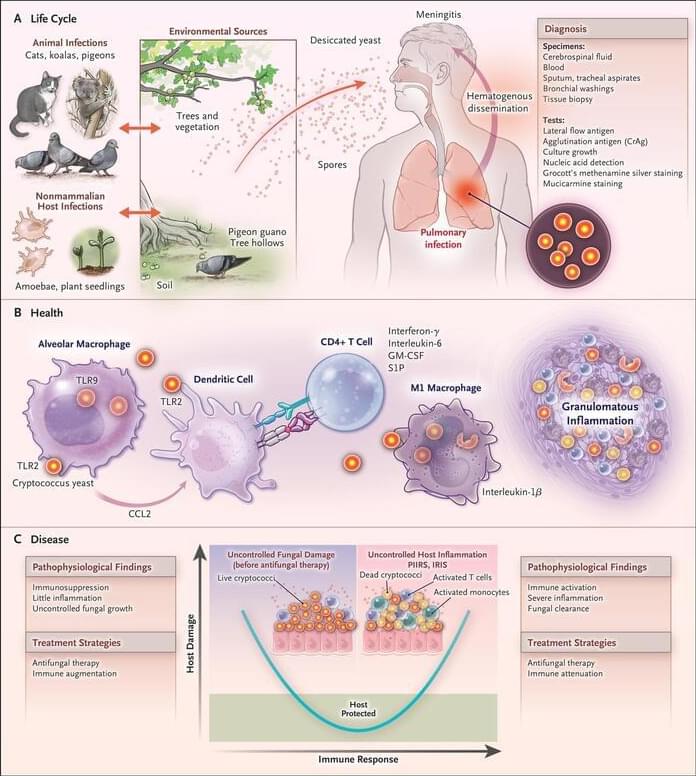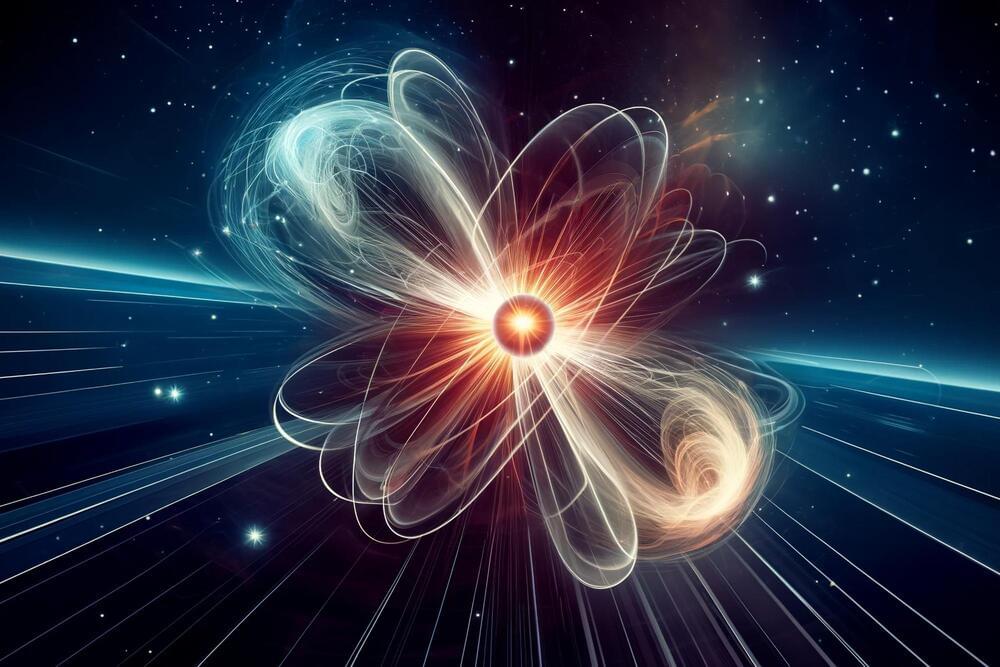The Rabbit R1 handheld AI device is a simple Android device, and a developer made the AI run on an iPhone.
The Rabbit R1 offers the ability to answer queries and perform tasks using AI, instead of using an iPhone directly. However, the work of one enterprising developer has resulted in a clone of the “iPhone-killer” which can run on an iPhone.
In X tweets on Monday, Will Hobick of Flutterflow posted that he would be posting a “cloneable template” of the Rabbit R1 app later in the week. In a follow-up post on Tuesday, he demonstrates a version of the app running on an iPhone.






